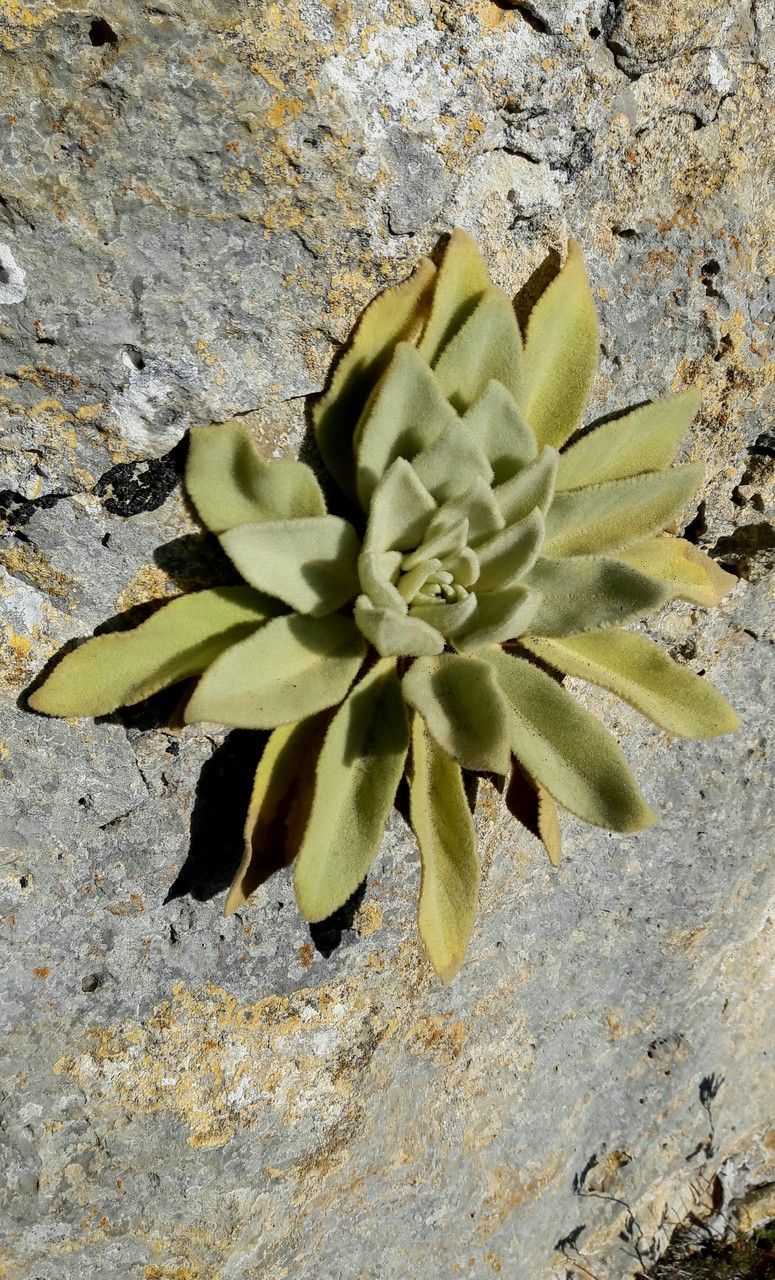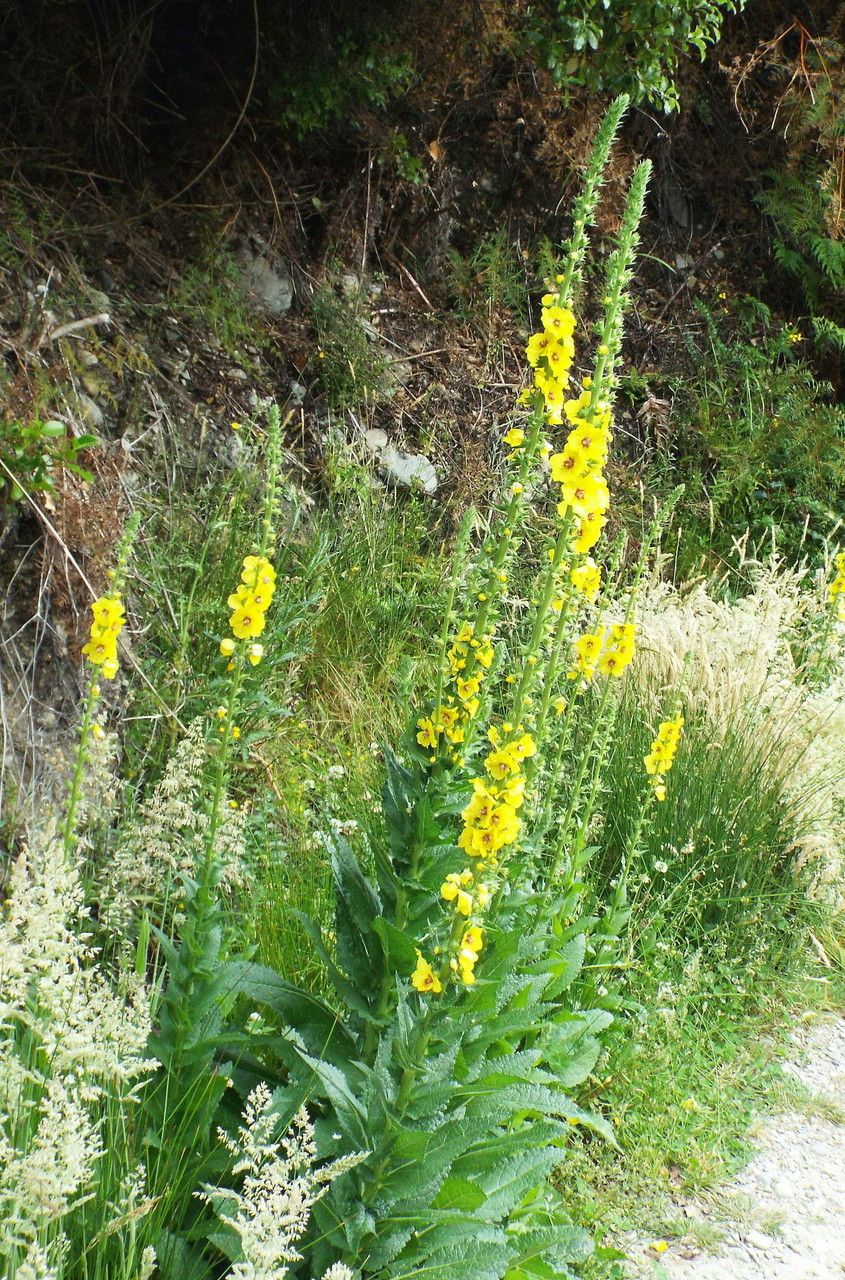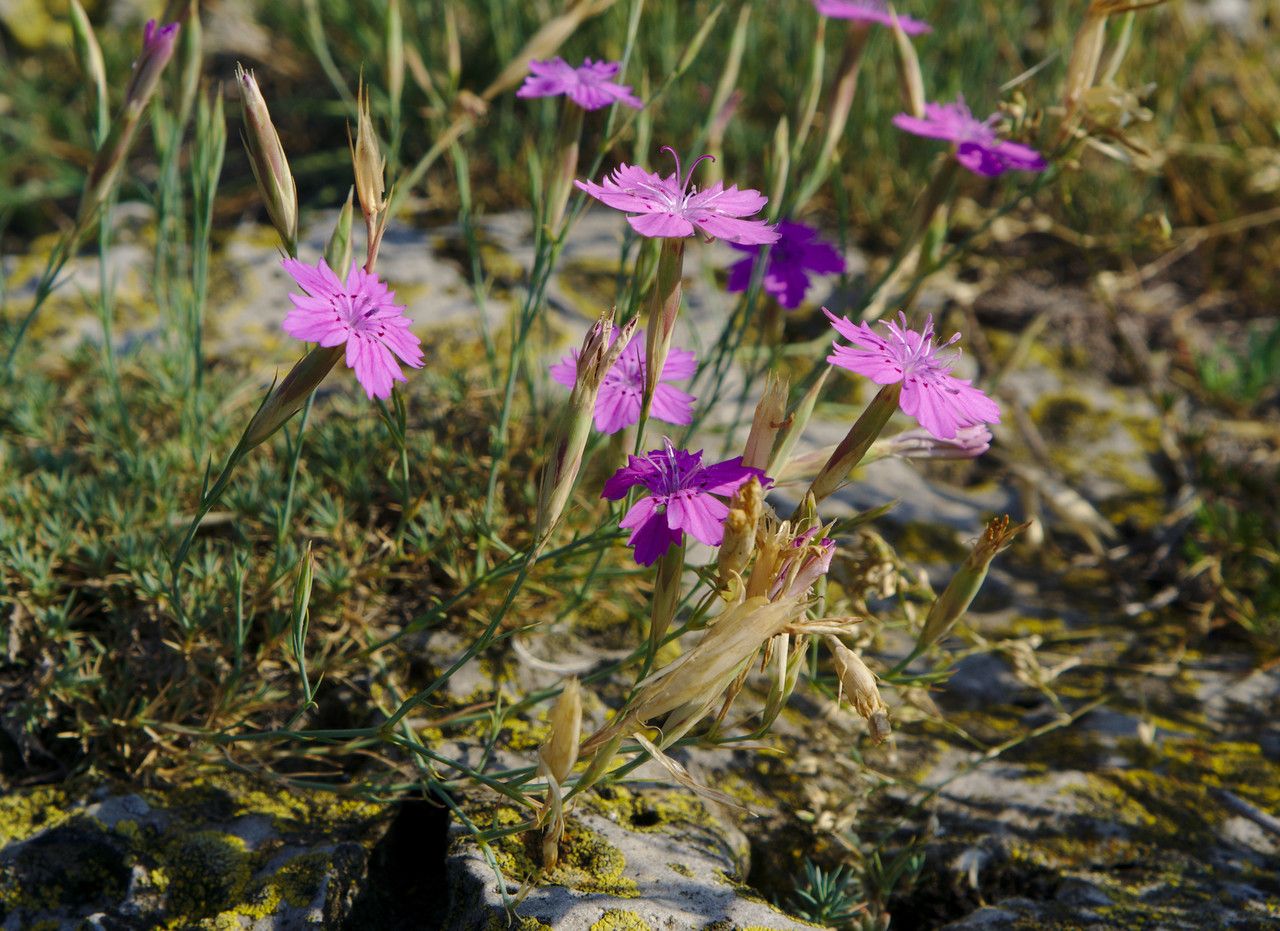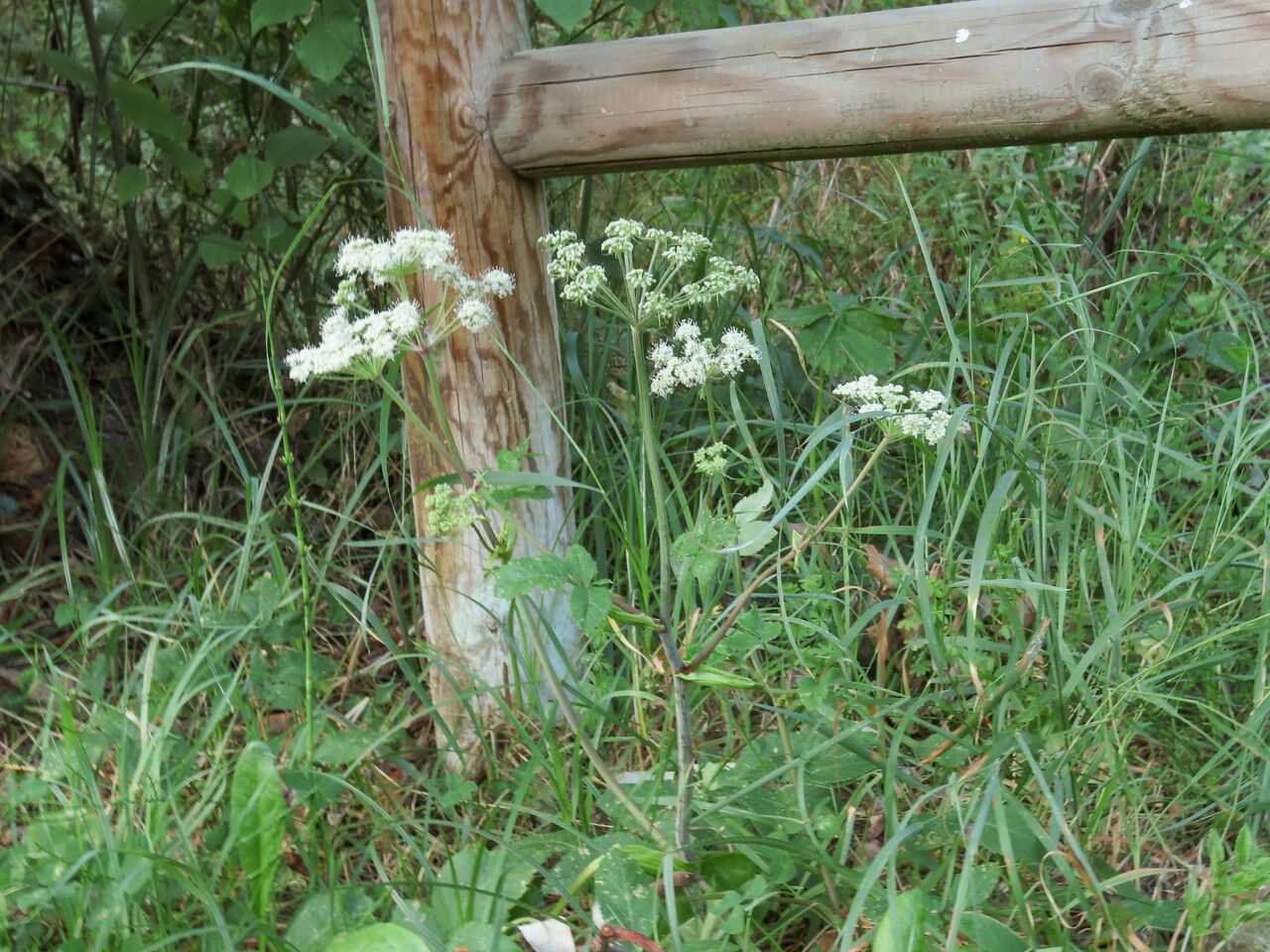## Common Mullein: A Majestic Biennial
The common mullein ( *Verbascum thapsus*), a member of the Scrophulariaceae family, is a striking biennial plant renowned for its impressive size and velvety leaves. This native Eurasian plant has naturalized worldwide, thriving in disturbed areas and readily adapting to various climates.
### Identification
Identifying common mullein is relatively straightforward. In its first year, it forms a rosette of large, oval, woolly leaves close to the ground. These leaves are impressively soft to the touch, exhibiting a dense covering of velvety, greyish-green hairs. The second year witnesses the dramatic emergence of a tall, unbranched flowering stalk, which can reach heights of 3 to 6 feet (1 to 2 meters)! The stalk is covered in smaller, alternate leaves, and culminates in a dense spike of small, yellow flowers. These flowers bloom from the bottom upwards, revealing their five petals and prominent stamens.
### Habitat and Growth
Common mullein is a sun-worshipper, thriving in full sun conditions. It's remarkably adaptable regarding soil, tolerating poor, dry, and even rocky soils. While it prefers well-drained soil, it's not overly particular and can grow in a range of pH levels. Its ability to thrive in disturbed areas makes it a common sight along roadsides, in fields, and wastelands.
### Propagation and Cultivation
Common mullein is easily propagated from seed. Seeds are tiny and should be sown directly into the ground in spring or autumn. Because they need light to germinate, avoid covering them with soil. Seedlings develop slowly, but with patience, they will reward you with magnificent blooms in their second year. Once established, common mullein is very low maintenance, requiring minimal watering and no fertilization.
### Uses and Medicinal Properties
Common mullein has a long history of use in traditional medicine. Its leaves and flowers contain saponins, flavonoids, and other compounds, which are believed to have various therapeutic effects. Historically, common mullein has been used to soothe respiratory ailments, such as coughs and bronchitis. It's often prepared as a tea or tincture. Note that while historically used medicinally, it's crucial to consult with a healthcare professional before using common mullein for any health condition. **Do not ingest without expert advice.**
### Ecological Considerations
Common mullein, while visually striking, can become invasive in some areas. Its prolific seeding capacity means that it can outcompete native plants in certain environments. It's important to be mindful of its growth habits and manage its spread if necessary, especially in sensitive ecosystems.
### Conclusion
The common mullein is a captivating plant with a rich history and impressive visual appeal. Whether admired for its beauty, appreciated for its potential medicinal properties, or studied for its ecological role, this remarkable biennial deserves a closer look. Its adaptability and resilience make it a fascinating and worthy addition to the world of botany.
Common Mullein: Grow This Majestic Plant

Frequently Asked Questions
How to grow common mullein from seed?
Sow tiny seeds directly into the ground in spring or autumn. Ensure good drainage. Do not cover the seeds with soil, as they require light to germinate. Be patient, as seedlings develop slowly.
What are the medicinal uses of common mullein?
Historically used to soothe respiratory issues like coughs and bronchitis. It's often prepared as a tea or tincture. **However, consult a healthcare professional before using it for any health condition. Do not self-medicate.**


